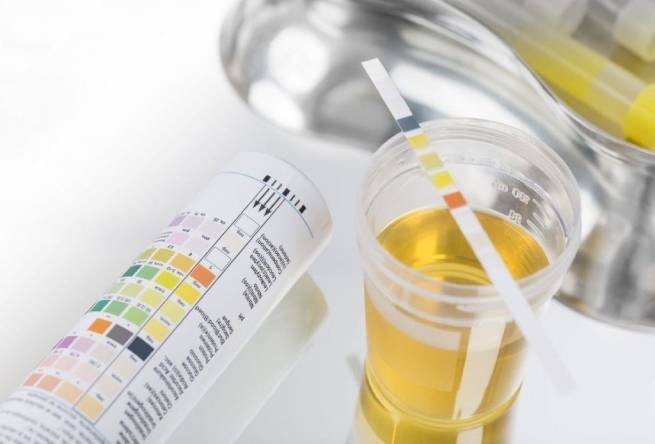Signs of the body’s condition include both the frequency of urination and changes in the color of urine, its transparency and odor. Jamin Brahmbhatt, urologist, ex-president of the Florida Urological Society (USA), talks about what you should pay attention to.
What is hydration and how does it happen?
How writes CNN, citing the words of the expert, the color of urine varies from pale yellow to dark amber, it depends on urochrome – a byproduct of the normal breakdown of red blood cells. When red blood cells age and break down, urochrome appears, which the kidneys filter, giving urine a particular color. Its intensity reflects the level hydration – saturating the body with water. The more a person drinks, the lighter his urine becomes.
Ideally, urine should be perfectly clear. But it’s important to find a balance: drinking too much water can lead to overhydration. This process will dilute vital electrolytes and can cause water intoxication, a rare but serious condition that causes sodium levels in the blood to drop to dangerously low levels. This risk is especially relevant for athletes and people involved in long-term physical activity.
However Insufficient water intake can lead to insufficient hydration, which leads to dehydration, excessive fatigue, and poor cognitive and physical performance. The best indicators of adequate hydration are not feeling too thirsty and having light yellow urine.
What does the color of urine indicate?
The different colors that urine can be can indicate the condition of the body. For example:
Red or pink tint may appear after eating certain foods, such as beets and berries. But if time passes and the urine still remains this color, this may indicate that it contains blood. And this fact cannot be ignored. It can be a sign of bladder and kidney cancer or benign diseases such as an enlarged prostate. Only a specialist can determine the reason.
Dark brown or “tea” color may be a sign that a person is not drinking enough water. If the amount of fluid consumed is sufficient and the urine remains dark, this may indicate problems with the liver or other organs.
Blue or green – this happens too. More often, such coloring is associated with certain medications or dyes in food.
Bright yellow shade may provide B vitamins. This effect is harmless, but is a reminder of how diet and supplements can affect body function.
And about the clarity of urine
Cloudy urine may be a sign of infection or kidney problem. However, this phenomenon is often temporary and disappears on its own. Cloudiness can also be a side effect of the medicine.
If changes in the color of urine become noticeable, and its condition does not return to normal, it is better to consult a doctor. Early identification of potential health problems can greatly simplify and speed up their resolution.







More Stories
Tariffs for "green electricity": detailed prices by suppliers for May
Greek Police: "Pyrotechnics for Easter are not toys for you"
Where will Greeks go for Easter: the best domestic and foreign destinations